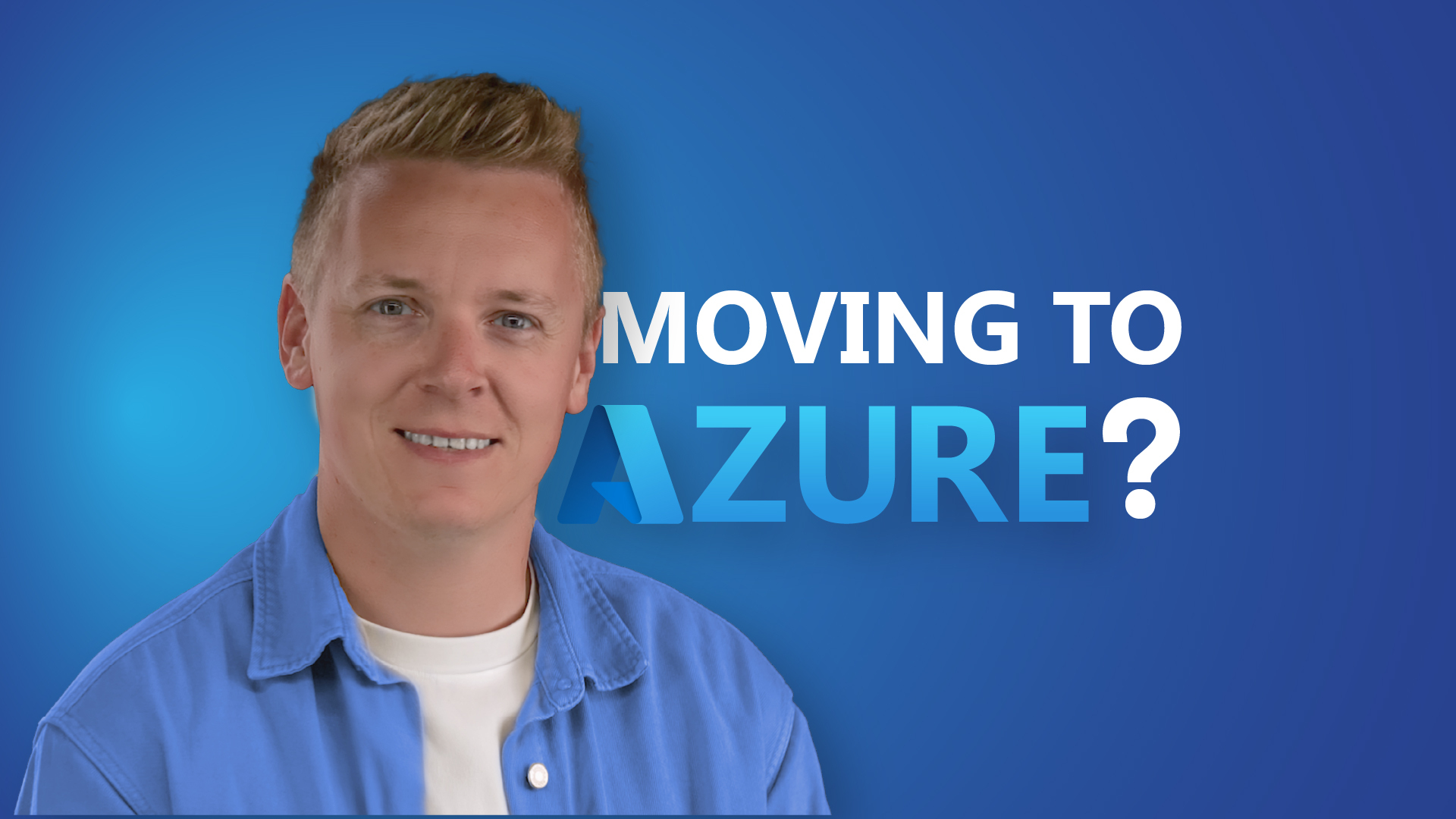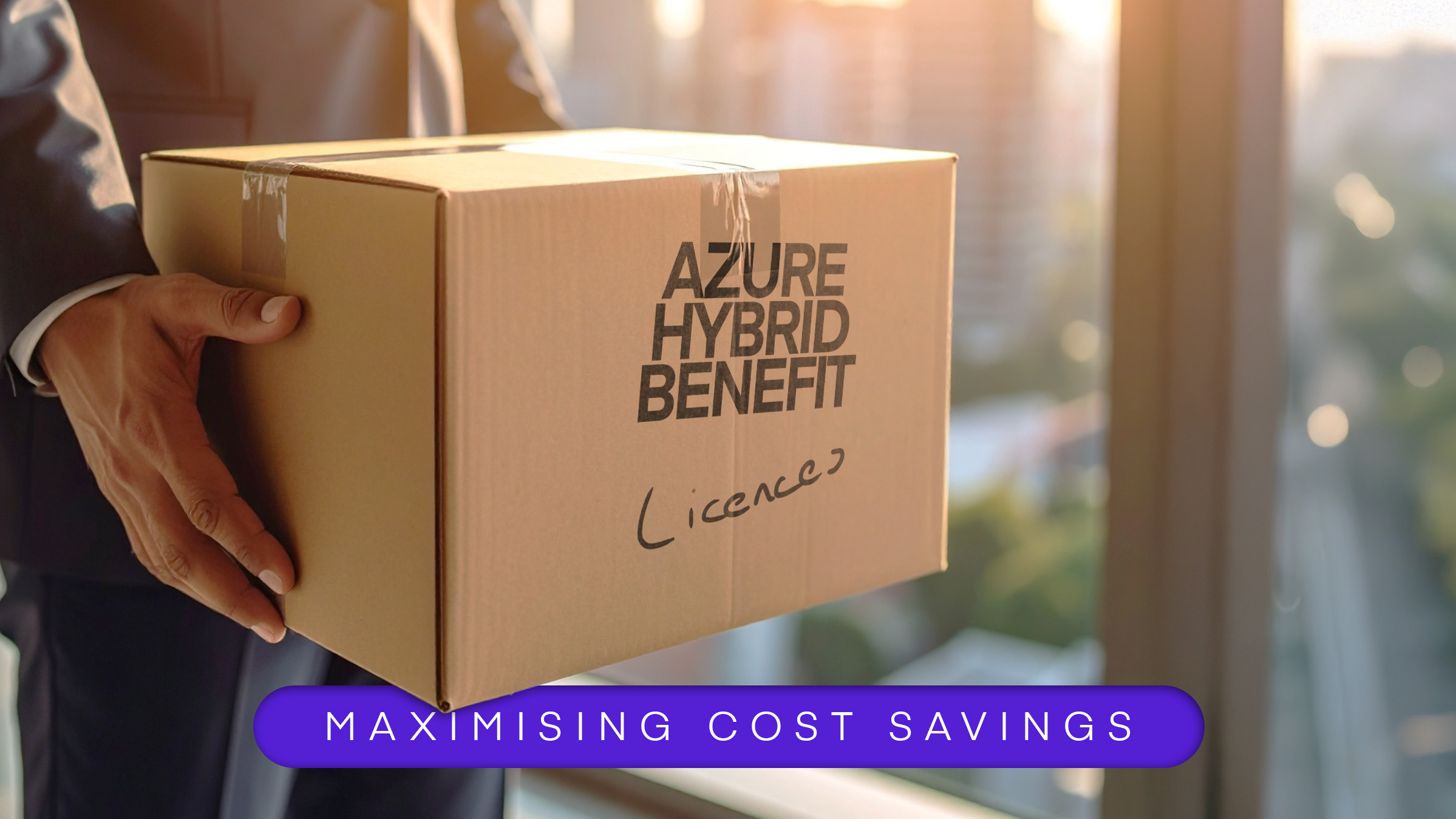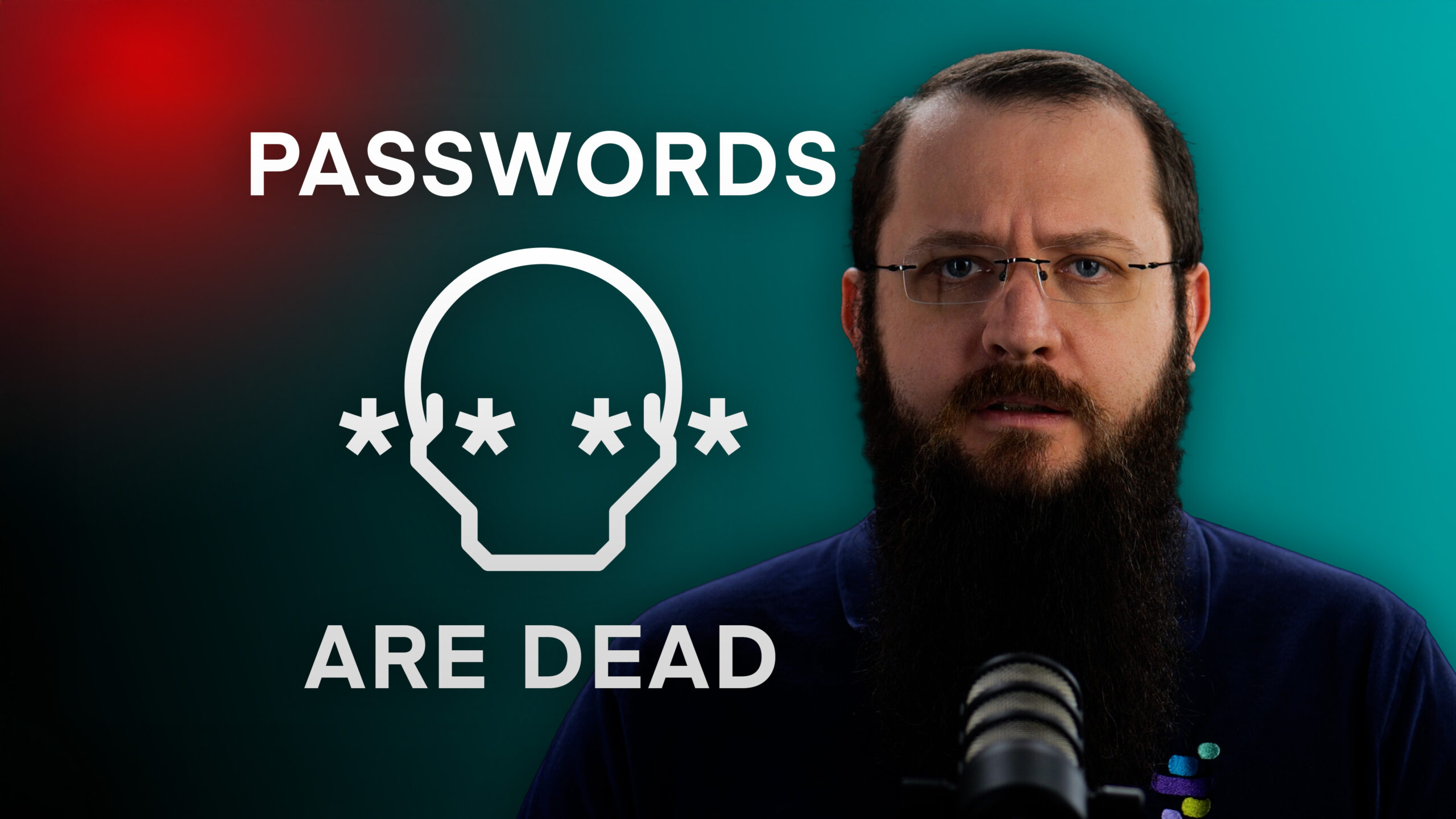Whether you’re considering moving to the cloud for the first time, or you’ve already made a step in that direction but you’re not sure what approach to take – or what is available to you, then read on. We will try and guide you through the basics of what multi-cloud is and an approach to adopting multi-cloud as a strategy for your business.
What does ‘adopting multi-cloud’ mean?
Multi-cloud is the process of adopting multiple cloud-based services and platforms. These can be categorised by their service model: Software-as-a-Service (SaaS), Infrastructure-as-a-Service (IaaS) or Platform-as-a-Service (PaaS).
These platforms can also be categorised by their availability: Public, Private or Hybrid.
An example of a multi-cloud solution for one of our customers means they chose to use our POD private cloud platform for their critical applications and data, which can be mirrored to AWS public cloud for low cost, resilient cold storage, whilst using an Azure instance for their remote workers based in Australia.
Rather than using one cloud platform for everything, it’s possible to blend multiple solutions to get the best cost-to-performance ratio for the client. We were also able to adhere to national data compliance laws in Australia by using a locally-hosted Azure instance.
However, multi-cloud isn’t the right strategy for every business. So, when is it the right approach?
Should you use multi-cloud in your business?
Cloud adoption in businesses has moved beyond the earlier adopter stage. The conversation has moved on from which cloud should we use to how can we get the most from each cloud?
Enterprises have discovered that choosing a right-fit cloud for each task is usually the most efficient method, taking advantage of each cloud’s strengths to minimise risk and costs, whilst simultaneously increasing resiliency and performance.
Forward-thinking enterprises are developing multi-cloud strategies as part of their digital transformation efforts, to harness the power of the various cloud technologies and providers available. Rather than choosing between public, private or hybrid clouds, organisations are now determining the best way to implement a multi-cloud strategy.
Why consider adopting multi-cloud?
Multi-cloud allows for greater flexibility, control and optimisation than singular cloud solutions. In fact, multi-cloud is becoming an increasingly popular choice among enterprises, with RightScale’s annual ‘State of the Cloud’ survey, revealing that 93% of organisations surveyed now prefer a multi-cloud strategy.
That’s because multi-cloud empowers IT teams. They now have the flexibility to match specific business needs with different solutions, from any provider they choose. Alternatively, the IT department can offload this task to an external managed service provider (MSP). The MSP can help blend the best platforms together, whilst IT focus on delivering projects that benefit the business instead.
If you have determined that adopting a multi-cloud strategy is right for your business, it’s time to look at how to successfully implement it:
Defining success from adopting multi-cloud
Digital transformation requires a certain amount of bravery and demonstrates a determination to keep improving your business so that it remains relevant. The only way to stay at the forefront of your field is to access the latest technology, through methods such as multi-cloud.
Therefore, getting the full support of your business’ board, heads of department and specifically, the IT department is crucial for a successful digital transformation.
Start with the stakeholders
With everyone working towards the same target—the successful growth of the business through digital transformation—adopting a multi-cloud strategy will be an easier transition and deliver a quicker return-on-investment (ROI).
But bringing together different executives with differing priorities is no easy feat. Some are focused on fiscal efficiency. Others are focused on end-user productivity. Some will resist change because it’s always been done a certain way and have an ‘if it ain’t broke, don’t try to fix it’ attitude. These are the most difficult execs to bring on board. Try starting the conversation with questions such as these to generate an open dialogue and create a clear direction:
- What are the strategic, long-term goals and short-term priorities for your business?
- How does the company approach ‘change’? What is the company ethos?
- What are the current issues the organisation faces?
By building a consensus with key stakeholders around these deep-rooted questions, you will experience fewer hurdles on your journey. Everyone will know the objectives of the transformation initiative and why you, as a business, are adopting multi-cloud to solve these challenges.
Agree on the business outcomes
Defining your business outcomes is the first step in defining success. You need to know what business benefits you want from a new approach to IT. Do you want to move away from large capital investments that need to be ‘topped up’ every year or so, and transition into a more predictable OpEx model?
Do you want IT to be more agile? Ultimately becoming a business-leading function, rather than a business-supporting one?
What are the business’ priorities? Lowering the cost of IT? Implementing new features? Business growth?
What are your users requesting? What will your future workforce look like and what will they need to work efficiently?
Identify the roadblocks
What issues and pain points are keeping you from achieving those outcomes? Where in the lifecycle is IT? What equipment is ‘end of life’ and what contractual obligations are nearing completion?
Then there’s the current versus projected usage and capacity. Is your infrastructure oversubscribed? Are you able to accurately plan for headcount growth? Can your current estate scale-up effectively to meet these demands?
Are you buried under technical debt from ‘bolting-on’ to increase capacity over the years? Has your IT footprint grown too large as a result? Does IT consume too much space, time and power?
These are the ‘gaps’ between where you are now and where you need to be. Addressing these openly and honestly will help you to choose the best solutions for your business. Solutions that help eliminate or mitigate these problems. Now it’s time to define your cloud roadmap. You know where you want to be, but how do you get there?
How will you successfully achieve your goals when adopting multi-cloud?
For a successful digital transformation journey, it’s necessary to plan, manage and guide group meeting with key stakeholders in the business. You need an internal champion to take the project on – that can be you, a member of your internal team or an external consultant. Begin with a roundtable discussion to gain agreement on the best path to your business outcomes.
Some topics to consider for your discussions are current IT trends and strategies. What are the best practises you believe you should adhere to, as well as the industry trends to investigate further?
Also, what’s your existing application portfolio? Will it change?
This will impact what your ideal multi-cloud operating model looks like.
Will you place everything on public cloud platforms? Will you keep everything private? Is it best to use a hybrid approach, keeping business and process-critical apps in private clouds, with less performance-sensitive apps kept in public clouds to reduce costs?
How will you test these environments?
How will you migrate to them?
Will these platforms scale based on the predicted growth of the business?
By establishing a high-level vision of how your multi-cloud solution will operate allows you to narrow down the best possible solutions, giving you more time to explore them in detail.
When will your multi-cloud go live and start delivering ROI?
Defining the high-level future state of your IT operating model will allow you to compare the differences between the future state and the current state of your IT in regard to infrastructure, your consumption model and the applications used.
You can use this comparison to define how long the process will take when the switchover occurs and in what stages it takes place.
IT tends to exist within a five-year operating window. Not every business needs to adopt this five-year cycle, but those requiring best-of-breed technology need to upgrade more frequently to keep up with the pace of innovation in the sector.
So, with the implementation of any multi-cloud rollout, there’s an implied five-year countdown as most technologies experience a complete change within this lifecycle. The ideal scenario is a successful multi-cloud architecture rollout and start reaping the rewards within the first two years, recouping any investments and generating a return on investment (ROI) for the business for the remaining period.
However, businesses must be cautious and considered in their approach. It’s better to take an extra few months to flesh out a solution and ensure its long-term viability than to jump in at the deep end because of the short-term gains and be left with the wrong solution for the duration of this IT cycle.
Plan for the long-term
Not all roadmaps are thorough. Many organisations start and end their multi-cloud planning stage with an infrastructure roadmap. They are focused entirely on servers, storage, managed networks and deployment. Solely on the technology at the heart of the transformation.
However, how the new technology will affect other aspects, such as the operating model and the service delivery are an afterthought.
For the operating model, these organisations don’t look at how end users will interact with the new solutions. Nor do they contemplate what training they will need to provide, what workflows will change and how productivity will be affected during the transition.
And for service delivery, many organisations will travel down the path of ‘cloud-first’ for applications. Unfortunately, they do so with little regard for data compliance and GDPR, interoperability, interdependencies or costs incurred. Will certain legacy applications make the switch to the cloud? Can they scale effectively in the cloud? Do they need to be re-written? Will they have to be replaced?
Many expect that moving all applications to a public cloud will increase availability, scalability, flexibility and performance, all while lowering costs. However, to achieve any of these benefits, you need to build an effective cloud roadmap. Businesses need to not only understand the changes to their infrastructure, but also the changes to their operating model and service delivery.
You also need to understand the dependencies between these three areas and how they each have an impact on the success of your digital transformation journey.
Identify Near-Term Priorities
You know the overall plan, the future state and what is required to reach it. However, you should structure your long-term roadmap into stages, rather than addressing every single requirement in a large-scale project plan. Looking into the world of DevOps, developers quickly deliver the main essentials of functionality into what is called a Minimum Viable Product (MVP) by using an ‘agile approach’ to software development.
Once you deliver the first MVP, the next stage is adjusted and improved based on metrics and feedback from this first stage. Then, every update onwards is influenced by the previous stage. This iterative approach makes both reactive and pro-active changes easier to build and deploy, without disrupting the entire workflow or missing the intended delivery date.
When monitored and managed properly, this approach also works effectively for Digital Transformations too.
You should plan these stages later on in the roadmap development. The detailed aspects of each stage could change until you’ve ratified your long-term plans.
Once your adopting multi-cloud roadmap has taken shape, start by aligning goals and deliverables across infrastructure, operating model and service delivery. This allows you to plan for the overall transformation outcomes. For example, what are the minimum infrastructure requirements needed by the first wave of applications migrated? This can be built and deployed in a few months, rather than building the perfect end-state over a few years.
As for the operating model, what processes can easily transition to the cloud? Instead of trying to transition all of them at once, which ones are necessary for this first stage? By identifying these near-term priorities, you can plan, sustain and measure this agile, staged approach to digital transformation with greater insight and ease.
The roadmap to adopting multi-cloud is pivotal in your Digital Transformation endeavour. It defines your long and near-term goals, multi-cloud objectives and transformation priorities. By opening up your roadmap to encompass not only infrastructure but also the operating model and service delivery, your transformation journey to adopting multi-cloud will be measurable, sustainable and overall, more successful.
The business benefits of adopting multi-cloud – measuring ROI
The first place you should start is your IT ticket system.
If your business has been using your ticket system properly, you should have a backlog of tickets that give you detailed information into current IT issues and reveal any patterns affecting end users (for instance, an increase in tickets during rollouts).
Whether they’re logged with your internal team or an external IT support company, you can analyse this data and use it as a benchmark to gauge the success of you adopting multi-cloud rollout. It’s important to dig deep for meaningful metrics, but not to waste time searching for everything that you can measure. Focus on the touchpoints that matter most to the productivity of end-users and the security of your systems.
To do that, talk to stakeholders in every business unit.
Work with them (and an external consultant if necessary) to map out every business process, looking for ‘pain points’ as well as general improvements that you can make.
Mapping core processes
- Identify the processes you want to map. Underperforming tasks, business-critical roles and tasks that directly impact your end-users or customers are all great places to start.
- Bring together the right people to map out these processes. This should include the stakeholders and external consultants (if necessary) as previously discussed. However, you should also include those performing the tasks. You want to talk to those who manage as well as those who do.
- Gather the information necessary to map out that process. Where does it start and end? What are the steps required to get from A to B? In what order do they happen? What are the inputs and outputs of the process? And most importantly, who does what, when, where and how?
- Draw a baseline process map to get an idea of what staff are doing and how. Here, you can look for bottlenecks and places for improvement. How can multi-cloud improve each task? Can hosting in private cloud reduce app loading and data processing times? Would an external IT team be better suited to managing infrastructure, so there are more internal IT resources dedicated to resolving staff issues?
Combining data from your IT ticket system and from mapping out core business process will give you an unbiased view over your existing environment, creating a basis from which to measure the success of change created by multi-cloud adoption.
Measuring business continuity
A critical part of any business continuity plan is to measure the business’ Recovery Time Objectives (RTO) and Recovery Point Objectives (RPO).
RPO is the point in time at which your systems need to be able to restore back to, whether one minute or one day ago depending on your reliance on data, in the event of data loss or downtime.
RTO is the length of time (downtime) required to restore individual or groups of systems and services that an organisation deems acceptable to get the business running again.
These two figures allow you to measure the time it takes to recover key services when invoking your disaster recovery plan. Business Continuity is an important part of any digital transformation endeavour, and resiliency is one of the key reasons for adopting a multi-cloud solution. Not only are you reducing your single points of failure, but you are also removing your dependency on one vendor or solution.
Rather than hosting everything on-site or with one provider, multi-cloud empowers you to seamlessly blend multiple providers platforms, in different geographical regions, without impacting on business efficiency.
For example, one of our customers hosts business-critical data in their private cloud on-site, whilst using Synextra’s managed DRaaS (Data Recovery as a Service). Our DR solution uses live replication of data that, in the event of invoking DR, they can spin up in virtual machines on our infrastructure. Data loss is reduced to seconds and downtime is reduced
to minutes.
An effective multi-cloud solution should mitigate downtime and data loss for your business too.
Evaluating costs for adopting Multi-Cloud
Key executives and senior management will always be working to improve the fiscal efficiency of the business. They are concerned about the cost of IT, so it’s crucial that the cost of the transformation is well-documented and easily converted into digestible actionable information for all stakeholders.
Every business decision will be influenced by the financial upside any new solution can deliver and how much it will cost to achieve. Therefore, you need to know the current and future state costs, as well as transition costs, for everything from hardware to staff.
Establishing current-state costs
Establishing the current-state costs includes the Total Cost of Ownership (TCO), not just the cost of purchasing your current infrastructure.
The TCO can include, but isn’t limited to, the following items:
- The infrastructure that stores and processes data and applications, including servers and storage • Any software and applications that used, including software licenses
- The network that these services use, from the internal LAN to company-wide WAN, including site connections
- Current operating costs for maintaining applications and VMs
- The cost of powering IT – Not just fluctuating energy costs, such as those for powering and cooling servers, but fixed costs associated with real-estate and square footage occupied by on-premise IT
- Any external, outsourced workloads and costs, such as service management, external help desks and remote hands
- Overhead costs associated with project management
Some of these costs will decrease, especially when migrating to more efficient, right-sized environments in the cloud. Adopting a multi-cloud solution can cut costs.
Determine future-state and transition costs to adopting multi-cloud
The TCO of any future solution will encompass the above cost-factors. A cost-benefit analysis will compare these prices to what they would be in the future state.
In a multi-cloud environment, it’s necessary to calculate these costs per solution, as they are likely to be lower individually, but costs can be duplicated and pile up if left unsupervised.
Finally, what costs will your business incur during the transformation?
- Overlap or ‘swing’ infrastructure. This includes any additional hardware or temporary cloud solution required for the migration
- Additional software, such as running licenses in parallel
- Any network changes required for the transition, such as additional vLAN
One last point to consider is both internal and external staff time required to complete the transition. An external resource can usually complete a transition in a quicker and cheaper manner when you factor in the day-to-day tasks of internal IT staff.
Get in touch with the Multi-cloud Specialists if you are thinking about adopting Multi-Cloud as a strategy for your business.




